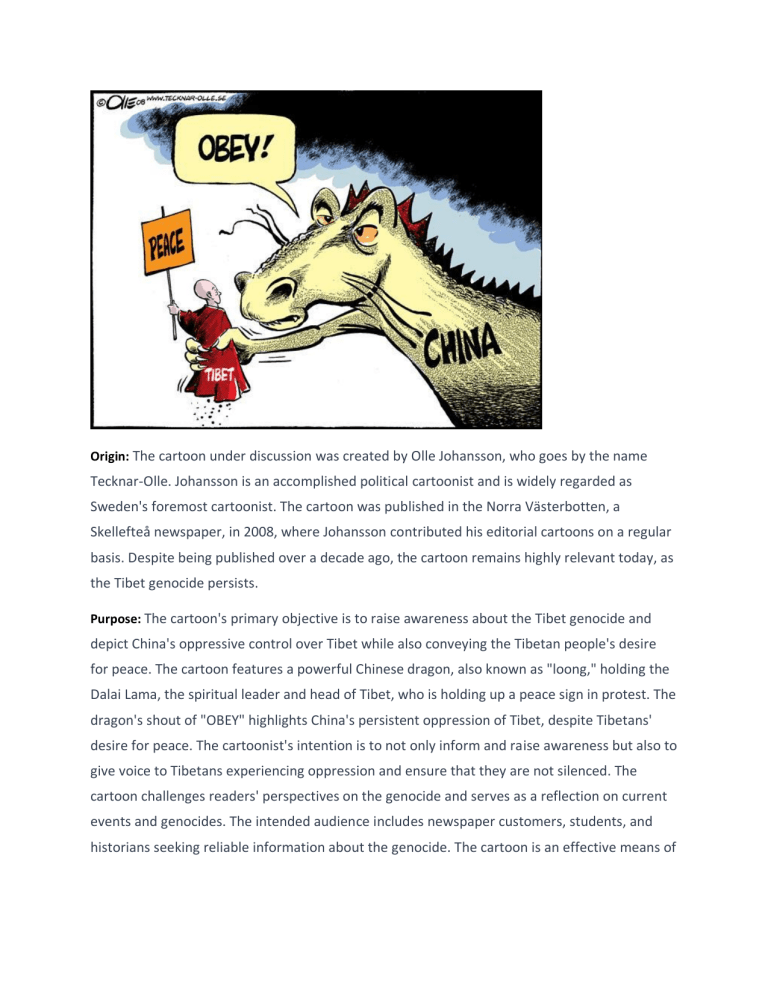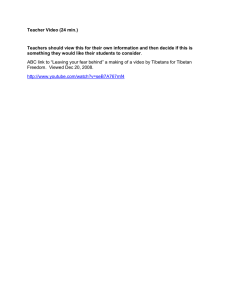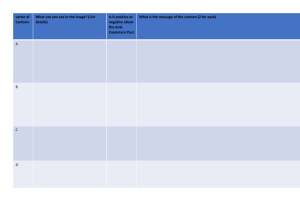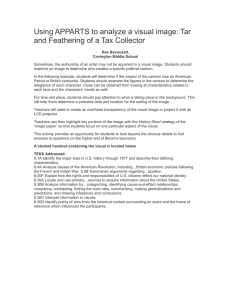
Origin: The cartoon under discussion was created by Olle Johansson, who goes by the name Tecknar-Olle. Johansson is an accomplished political cartoonist and is widely regarded as Sweden's foremost cartoonist. The cartoon was published in the Norra Västerbotten, a Skellefteå newspaper, in 2008, where Johansson contributed his editorial cartoons on a regular basis. Despite being published over a decade ago, the cartoon remains highly relevant today, as the Tibet genocide persists. Purpose: The cartoon's primary objective is to raise awareness about the Tibet genocide and depict China's oppressive control over Tibet while also conveying the Tibetan people's desire for peace. The cartoon features a powerful Chinese dragon, also known as "loong," holding the Dalai Lama, the spiritual leader and head of Tibet, who is holding up a peace sign in protest. The dragon's shout of "OBEY" highlights China's persistent oppression of Tibet, despite Tibetans' desire for peace. The cartoonist's intention is to not only inform and raise awareness but also to give voice to Tibetans experiencing oppression and ensure that they are not silenced. The cartoon challenges readers' perspectives on the genocide and serves as a reflection on current events and genocides. The intended audience includes newspaper customers, students, and historians seeking reliable information about the genocide. The cartoon is an effective means of illustrating the injustice experienced by Tibetans daily and persuading viewers towards the cartoonist's point of view. Value: This source is highly valuable as it offers a unique perspective on the Tibetan genocide. Through the portrayal of the roles of both China and Tibet, the artist effectively depicts China as a powerful dragon seeking control, while the Dalai Lama is represented holding a peace sign, symbolizing the Tibetans' desire for peace. The artist's publication of this work in 2008, over 40 years after the genocide began, highlights the ongoing relevance and unresolved nature of the conflict. Additionally, the source's authorship by Tecknar-Olle in 2008 adds to its credibility and reliability. Had it been produced by a different individual or at a different time, it may not have contained the same level of expertise and experience in depicting genocides and political cartoons, potentially leading to a less impactful or less accurate portrayal. Overall, this source offers a valuable and unique perspective on the Tibetan genocide, emphasizing the ongoing impact of the conflict and the desire for peace among the Tibetan people. Limitations: This source could be limited because its purpose is focused on the point of view of the people in Tibet and may not accurately be reflecting the views of China. Another reason why it could be limited is that as an editorial it isn't very clear if the people who published it agreed with the cartoon as Sweeden and China had trade ties together for almost 60 years by then, so this might only show how the artist viewed the genocide and not represent others at the newspaper, or Swedish officials.



